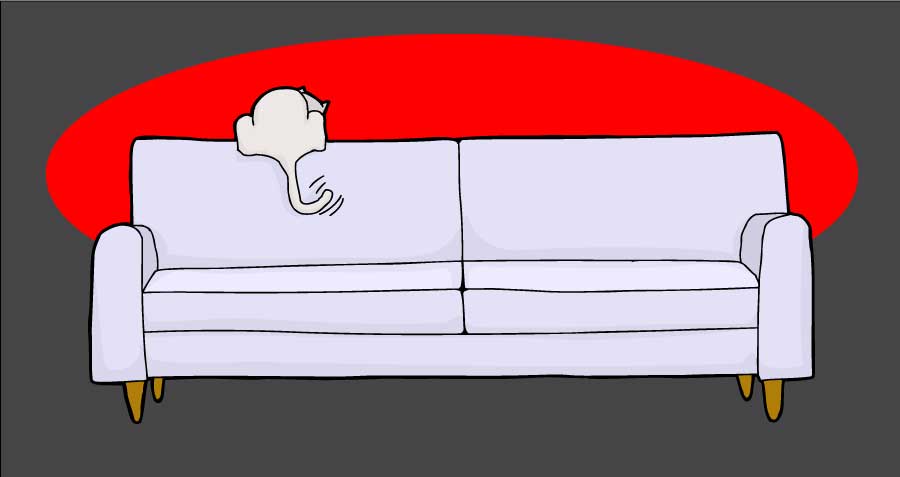An involved pet owner knows that there's more to pet care than just feeding and providing shelter. It's crucial to understand your pet's behavior, especially since this will allow you to know what your animal is trying to tell you.
For cat owners, one of the most telling body parts for communication is the tail. Your cat's tail position and behavior can clue you into how your feline friend is feeling. Let's examine one tail behavior: wagging. What does it mean when your cat is wagging its tail?
First, it's important to note that there are several kinds of tail wags that cats can exhibit. Cats use their tails in very expressive and varied ways, so knowing the different wags and what they mean is important.
-
Vertical tail position and quiver: Your cat may quiver her tail in a vertical position to greet you in a friendly way, perhaps accompanied by a meow. A happy cat may say hello with this tail position and behavior.
-
Wrapping: Has your cat ever wrapped his tail around your arm, leg, or body? This is another friendly gesture that a cat may do when seeking attention or cuddling with a human friend.
-
Flicking: If your cat is flicking its tail back and forth, particularly in a rigid way, there's a good chance she's upset or frightened—or stalking prey.
-
Swish: A playful swishing tail will usually accompany your cat's signature playtime behavior.
-
Fluffed tail: The classic sign of a startled cat, the fluffed, stick-straight tail indicates that your cat is scared and feels he's in danger.
-
Twitching: Your cat's tail may twitch while she relaxes, stares out the window, or even settles down for a nap. This can mean interest, concentration, or just relaxation.
If you have any questions about your cat's wellbeing, contact us today.
